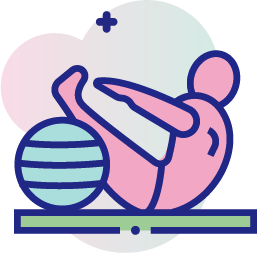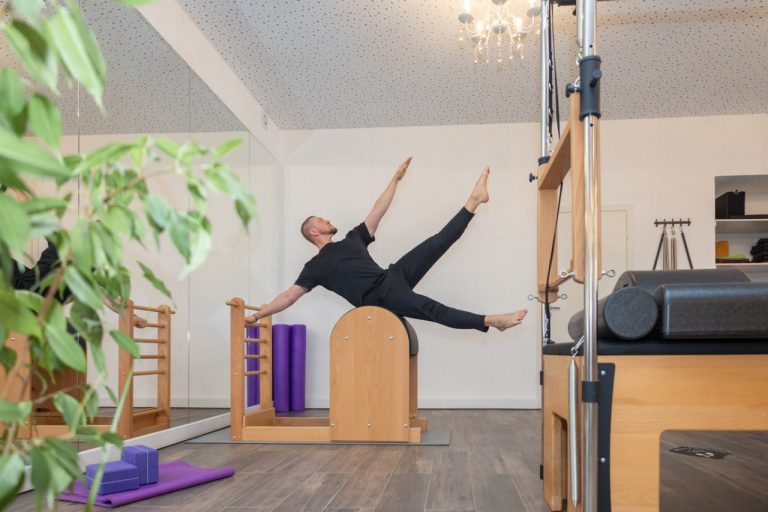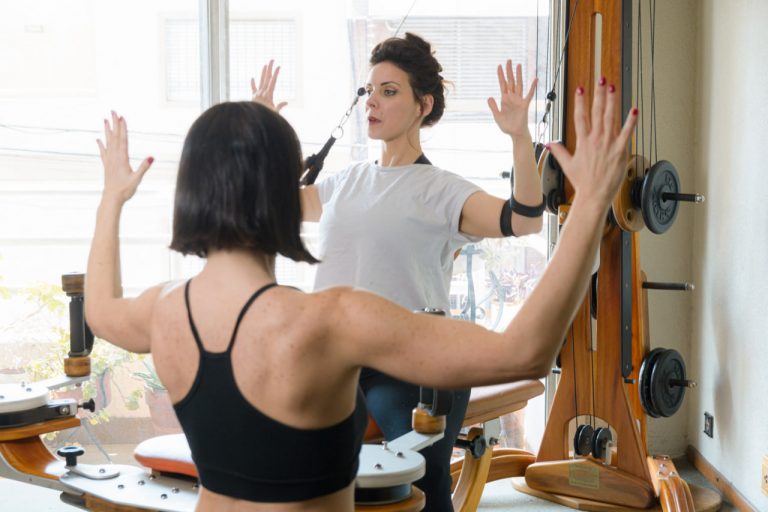Posture and Pain Relief: Pilates as Therapy
Posture plays a crucial role in overall health and well-being, affecting everything from breathing and digestion to muscle function and joint health. Poor posture is a common cause of chronic pain, especially in the back, neck, and shoulders. Many people turn to Pilates not only as a fitness routine but also as a therapeutic method to address postural imbalances and relieve pain. This blog explores how Pilates serves as an effective therapy for improving posture and managing pain, offering a gentle yet powerful approach to healing and prevention.
Understanding the Impact of Poor Posture
Modern lifestyles often encourage habits that contribute to poor posture, such as prolonged sitting, slouching over electronic devices, and lack of physical activity. Over time, these habits can cause muscle imbalances where some muscles become tight and overactive while others weaken and lengthen. This imbalance stresses joints and connective tissues, leading to discomfort and pain.
Poor posture can restrict breathing capacity, reduce circulation, and place unnecessary pressure on the spine and muscles. It may cause tension headaches, lower back pain, neck stiffness, and even nerve compression. Addressing posture is therefore vital not only to relieve pain but also to improve overall function and quality of life.
How Pilates Targets Postural Correction
Pilates is uniquely suited for postural correction because it emphasizes core strength, spinal alignment, and muscle balance. The exercises focus on developing awareness of body positioning and controlled movement, which helps retrain muscles to support proper posture naturally.
Central to Pilates is the activation of the “powerhouse” — the deep muscles around the abdomen, lower back, and pelvis. Strengthening these muscles stabilizes the spine and pelvis, creating a solid foundation for upright posture. Pilates also lengthens tight muscles, such as those in the chest and hip flexors, which are commonly shortened by poor postural habits.
By practicing Pilates regularly, individuals learn to maintain alignment throughout daily activities, reducing strain on muscles and joints and preventing the recurrence of pain.
Pain Relief Through Controlled Movement
One of the key benefits of Pilates as therapy is its low-impact, controlled approach to movement. Unlike high-intensity workouts that may aggravate pain, Pilates emphasizes slow, precise exercises that minimize joint stress and avoid sudden or jerky motions.
This controlled movement encourages blood flow, reduces muscle tension, and promotes healing. Pilates exercises often incorporate stretching and strengthening simultaneously, which can help alleviate stiffness and improve mobility. The practice also improves muscle endurance, allowing muscles to support the body better during prolonged activities, thereby reducing fatigue and discomfort.
Breathing and Relaxation for Pain Management
Pilates incorporates specific breathing techniques that play an important role in pain management. Proper breath control increases oxygen delivery to tissues, which aids in reducing inflammation and muscle tightness. Breathing also activates the parasympathetic nervous system, which promotes relaxation and lowers stress levels.
Relaxation is essential when dealing with chronic pain because tension and anxiety can exacerbate discomfort. Pilates encourages mindful breathing paired with movement, helping practitioners release physical and mental tension. This holistic approach supports not only physical healing but also emotional well-being.
Adaptability for Individual Needs
One of the greatest strengths of Pilates as a therapeutic tool is its adaptability. Exercises can be modified to accommodate different levels of pain, mobility, and fitness. Certified Pilates instructors often work closely with physical therapists or healthcare providers to tailor programs that address specific conditions such as scoliosis, herniated discs, arthritis, or fibromyalgia.
This personalized approach ensures that individuals progress safely and effectively, avoiding exercises that may cause pain and focusing on those that build strength and flexibility in a balanced way.
Long-Term Benefits of Pilates Therapy
Pilates therapy does more than provide short-term pain relief; it fosters lasting improvements in posture, strength, and body awareness. Over time, these benefits can reduce the risk of future injuries and chronic pain episodes. Pilates also encourages a proactive attitude toward health, empowering individuals to take control of their bodies through regular practice.
Many people report enhanced mood, increased energy, and better sleep as they integrate Pilates into their lives, highlighting the interconnectedness of physical and mental health.




